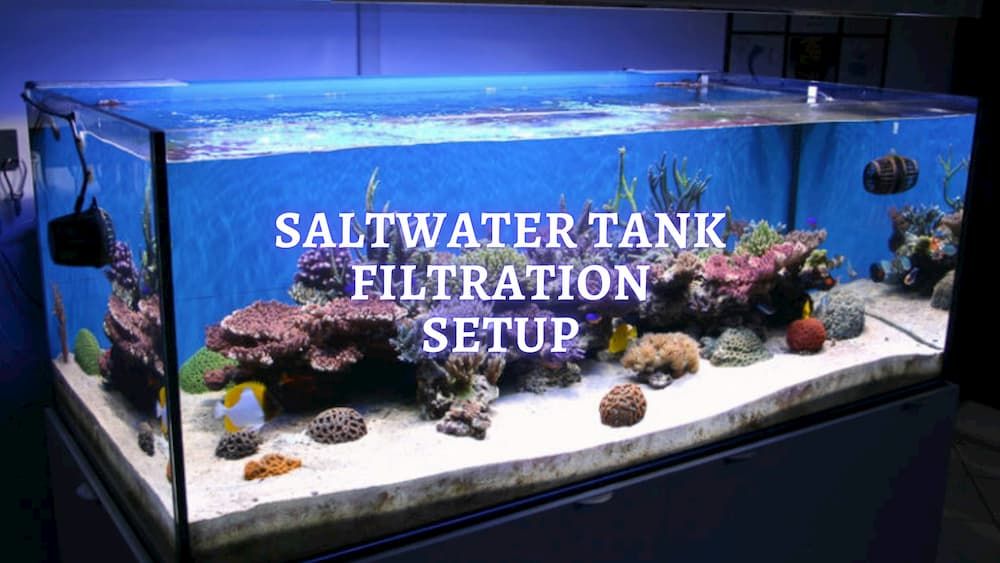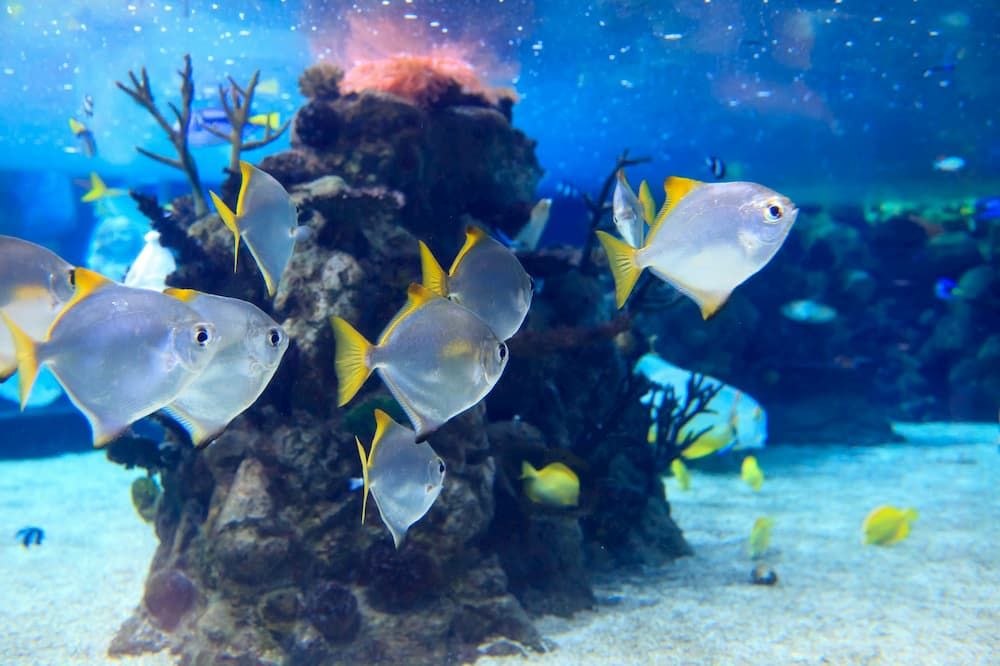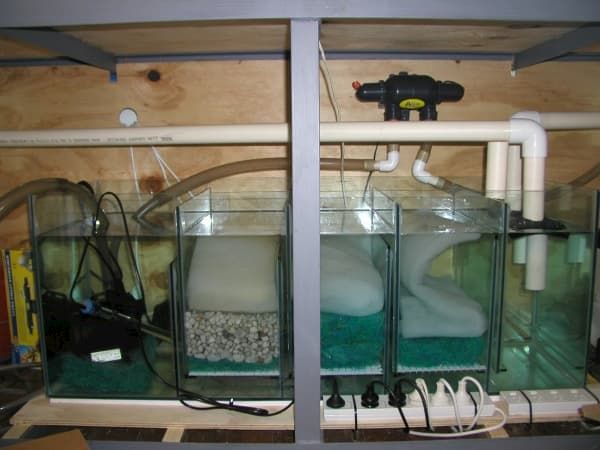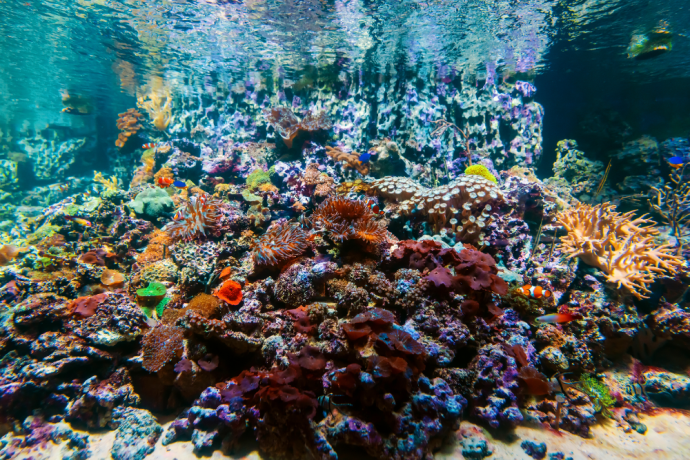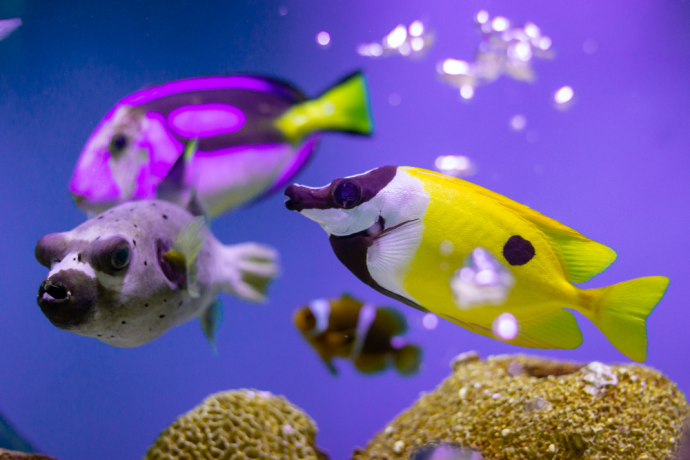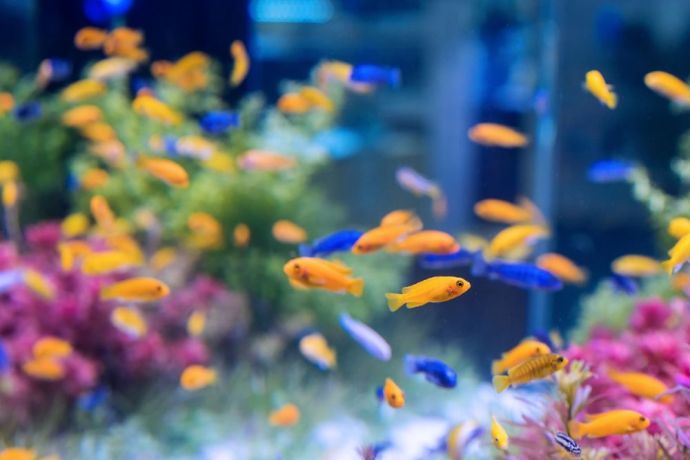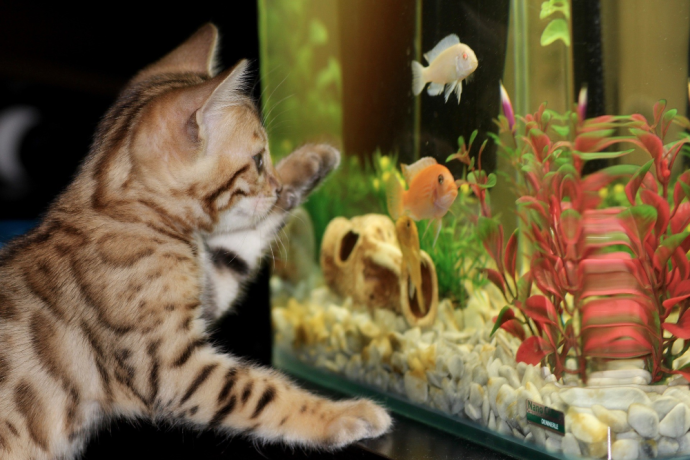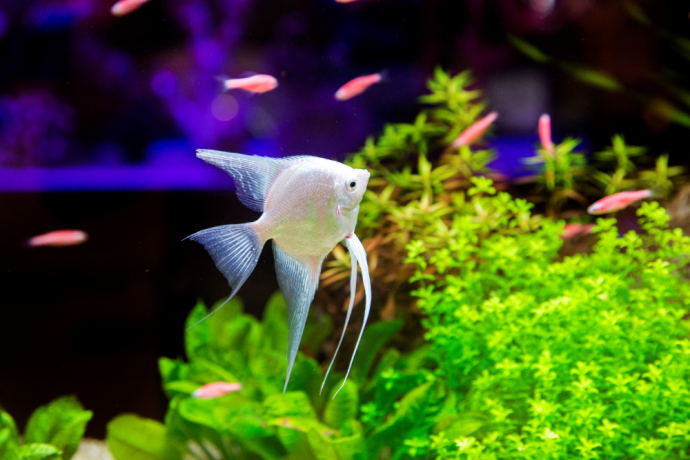Saltwater Aquarium Filtration System
Written by:
Author: Kristina Tyler
Kristina is a full-time freelance writer who specializes in pet care topics. With her life-long love of animals and passion for learning, she thoroughly enjoys researching and writing about how to care for pets.
View all 7 articlesLearn about our editorial process and veterinary review board.
Viewed: 1481
Updated on: 06/28/2023
If you are considering setting up a saltwater tank, choose the right saltwater fish tank biofilter system. But with all the different options, how do you know which one to pick? If you are new to this fascinating hobby, you might not have a clue where to start.
That’s no problem. Just read this article to learn more about the different saltwater aquarium filter systems that are available.
Why Does My Saltwater Tank Need a Filter?
Before discussing your options, we should ensure you understand why a biofilter is so important. This essential tool only keeps the water’s conditions suitable for your fishy friends.
And that’s crucial because saltwater fish are highly sensitive to changing conditions. A good filter will keep the tank’s water clean and circulated, mimicking the ocean’s environment. This ensures your fish will stay healthy and safe.
But if you don’t have a saltwater aquarium biofilter setup, your fish are more likely to die from poor conditions. Those deadly consequences should convince you that your tank can’t get by without a reliable filter.
READ MORE: How to make refugium for saltwater aquarium
What Kind of Filter Does a Saltwater Tank Need?
You know that a filter is vital for your saltwater tank. Now you need to learn more about the different kinds of biofilter you can choose from.
Don’t get overwhelmed. We are going to break this down into bite-sized pieces.
To get started, we are going to cover the three different filtration methods. Then we will discuss the various saltwater tank filtration systems you can choose from.
Filtering Methods
As already mentioned, there are three different filtration methods. You will need to choose one.
Read this section to learn more about each one. The more you know, the easier it will be to decide which is best for your situation.
Mechanical Aquarium Filters
This filtering method probably isn’t the best choice for your saltwater aquarium because it doesn’t get rid of algae and bacteria. It only weeds out the larger waste and debris particles that dirty up the water. It’s a better choice for freshwater fish.
Chemical Aquarium Filters
Chemical device are next on this list. This method uses charcoal to remove toxins, heavy metals, chlorine, and residual medication.
Just remember to take the charcoal out while medicating your tank. Otherwise, the medication will be absorbed by the charcoal.
Biological Aquarium Filters
The last method on this list relies on biological means to device the saltwater. The process requires the growth of good bacteria for fighting off harmful substances.
If you are interested in trying this, your tank will need an item that allows the good bacteria to grow and do its job. Rocks are commonly used for this purpose.
Saltwater Aquarium Filter Types
We’ve talked about the different filtering methods. Now, we are ready to discuss the different saltwater aquarium systems that are available.
1. Sump Aquarium Filters
Many aquarium enthusiasts would claim that a sump-based system is the best one out there. That might be true, but it comes at a higher price because it requires extra equipment.
If you can afford it and decide to go this route, you won’t regret it. You can have this saltwater aquarium filter setup out of sight, such as inside the tank’s cabinet or in another room.
This is a major plus because it allows you to enjoy the beauty of your aquarium without the filter spoiling that view.
A wide range of equipment can be used with a sump-based system. Some examples include:
- Protein skimmer
- Filter sponge
- Substrate reactors
- Filter sock
- Lumps
- Heaters
- Denitrators
- Wet/dry filters
A sump-based system offers many great benefits, but it also comes with some downfalls. The risk of leaks occurring increases when this type of saltwater fish tank filtration system is used.
This filter can also get pretty loud while it’s hard at work. So even though you won’t have to look at it, you might still hear it.
2. Canister Aquarium Filters
If the sump filter isn’t the right choice for your tank, you can’t go wrong with this next option, especially if you are planning on collecting a large number of fish. This system is pretty powerful, so it can keep up with a tank full of aquatic life.
Here are a few things you should know about a canister filter:
- You can use this device on its own or you can combine it with another.
- A canister filter is more powerful than other types of filters.
- You can place the device under the tank or in the water.
- This type of filter requires frequent cleaning, so it’s more high maintenance than other options.
- Canister filters can be used for any of the three filtration methods (Mechanical, chemical, or biological).
When selecting your canister device, you must pay attention to its water flow rate. Generally speaking, your tank’s water should be turned about 4 times per hour.
The manufacturer will provide an estimate of the filter’s water flow rate. However, that estimate won’t necessarily be accurate. Several variables could interfere with the water flow rate, such as:
- Additional media or filter materials.
- The filter’s location. Having the saltwater aquarium filter setup under the tank increases head pressure and travel time through the hose. This may change the water flow rate. When filters are placed inside the tank, the water flow rate will be closer to the manufacturer’s estimate.
If you aren’t sure what the water flow rate should be for your particular tank, play it safe by getting a relatively large device. Turning the water too much is better than turning it too little.
RELATED ARTICLE: Best Aquarium Canister Filters
3. Fluidized Bed Aquarium Filters
This saltwater fish tank filtration system filters the water as it travels through an underwater, sand-filled tube. It’s a great way to keep your water clean without destroying its beneficial bacteria. Best of all, it’s relatively low maintenance.
But if you choose this type of filter, you will need to keep a close eye on it to make sure it doesn’t become blocked.
And because fluidized filters are still somewhat new, we don’t recommend them for beginners. If you are setting up your first saltwater tank, choose a different kind of filter that has been around for a while.
4. Protein Skimmer
You don’t necessarily need a protein skimmer but it can be helpful, assisting your filter with keeping the water clean. Its effectiveness depends on its ability to produce just the right bubble.
In an attempt to improve the protein skimmer, it has evolved through various designs. If you are thinking about getting a protein skimmer, it helps to know more about each type.
Let’s talk about them right now.
Co-current
In this design, air bubbles rise up inside of a tube or cylinder. The process goes something like this:
- Water enters the cylinder or tube.
- The bubbles burst.
- The treated water exits the tube and reenters the tank.
Counter-current
The counter-current design increases the amount of time that the bubbles and the water interact with each other, making this design more efficient than the previous one. Here’s how it works:
- Water is pulled into the top of the tube.
- The water works its way down to the bottom of the tube.
- As the water travels down, the bubbles rise up, forcing the water to pass through the bubbles.
Venturi-style
The venturi-style design is even more effective than the last one. Let’s look at how it works:
- The water gathers into the top left side of the tube.
- Bubbles are created in the valve.
- Froth travels from the valve to the skimmer body.
- The skimmer body removes unwanted substances.
ETS skimmers
This type of protein skimmer, also called the down-draft skimmer, is a great choice for big tanks that require high volume processing capabilities. It’s designed like this:
- A long tube connects to a sump.
- Water comes in through the top of the tube.
- The water moves down, going through a collection of bio balls that are contained in the tube.
- Once the water reaches the bottom of the tube, it has been transformed into white foam.
Now you should have a basic understanding of the different kinds of protein skimmers and how they work. This knowledge should help you out during your quest to find the right one for your saltwater tank.
In Conclusion
Choosing the best saltwater aquarium filter system for your tank is no trivial task. It’s extremely important!
But don’t worry. After reading this article, you know what your options are. Now, your next step is to determine which one you like best. Then, ask yourself if your preferred filter would fit your specific situation.
Once you’ve decided which type of filter to purchase, start researching different brands. Pour over product descriptions, read many reviews, and don’t hesitate to contact the manufacturer if you have any questions.
The safety and well-being of your fishy friends depend on a reliable filter. So be sure to choose wisely.
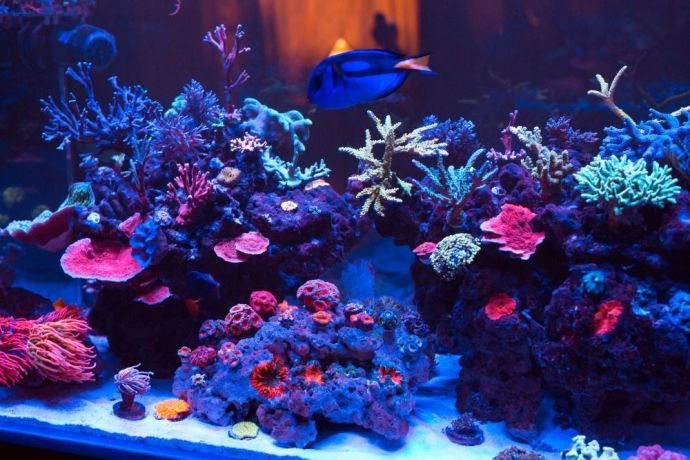 Fish Owners Tips Saltwater Refugiums: How to Make a Refugium for Saltwater Aquarium?
Fish Owners Tips Saltwater Refugiums: How to Make a Refugium for Saltwater Aquarium? - 735
- 0









